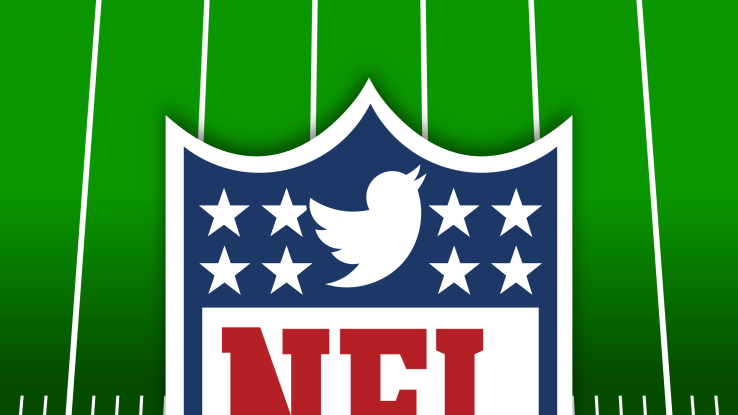

The NFL has a distinguished history of successful partnerships with upstart media companies. When it became the home of Sunday Night Football in 1987, ESPN’s unprecedented growth accelerated. Then, in 1993, the NFL sold its NFC Sunday afternoon package to Fox, firmly establishing it as the fourth major broadcast network in the U.S. In turn, both deals expanded the NFL’s reach and significantly increased its media rights revenue.
This fall the NFL is working with another new media partner: Twitter. In a $10 million deal, Twitter is live streaming for free 10 Thursday Night Football (TNF) games. It is part of Twitter’s overall strategy of making live events the centerpiece of its platform. For its part, the NFL reportedly passed on higher bidders for the digital TNF package to test new distribution models with a trusted partner.
Twitter faces some inherent limitations with the deal: it is only one year, the TNF broadcast is simulcast on CBS (or NBC) and the NFL Network and it can only sell a small percentage of the ad inventory. However, Twitter can position itself for its own long-term transformative NFL moment if the following happens this season:
Twitter’s live stream offers a compelling vision for how people will watch and participate in live events in an OTT world. The BAMTech-powered HD broadcast has been a hit so far, but because it is the same broadcast as the linear networks, Twitter has an opportunity to showcase why the viewing experience is better on its platform. The curated tweets alongside the action are a promising start. If Twitter can enable fans to personalize their experience, participate in meaningful ways and maybe even monitor their fantasy teams, it could convince fans, content owners and advertisers that it should be the premier destination for live sports on any device.
Twitter acquires new users and drives both new and existing users to spend more time on the platform. Offering a premium product for free and without requiring a sign-up is undoubtedly an attractive proposition. More than 2 million people tuned in for the first game. The questions include: Are these existing Twitter users? If not, how will Twitter convert them into users? Moreover, how will Twitter convince both new and existing users to keep coming back? If Twitter can translate the traffic into new users and increased usage, the $1 million per game rights fee it is paying could very well be an efficient marketing expense.
Twitter demonstrates the relationship between activity on its platform and media consumption. With its NFL streams, there’s no question Twitter will sell more video advertising year-over-year. The longer-term revenue opportunity is for the company to determine the degree to which tweets drive media consumption. This question has vexed the media industry for years. Now with games on their platform, Twitter should have the data to understand the effect of people and brands tweeting about a game, leading to answers that could persuade media buyers to spend more on Twitter advertising.
On the surface, Twitter stands to gain the most from this partnership, given the current state of its business relative to the NFL, which took in a healthy $12 billion in revenue last year. But that doesn’t mean this experiment is of little value to the NFL.
The NFL is gaining further insight into structuring and pricing its lucrative media rights portfolio for the future. The league’s executive vice president of media, Brian Rolapp, has spoken of the Thursday Night Football linear and digital package as a form of risk capital. With the majority of its content locked into multiyear rights agreements, the league has experimented with different models and partners, with this year arguably the boldest test of all. Moreover, selling rights to a non-traditional media company like Twitter opens up the bidding process to a host of new potential partners, creating more competition for NFL rights and thus driving up the cost.
In addition, the NFL will better understand how fans consume their content on a variety of platforms. The TNF package is a cross-media research petri dish, with the live games available simultaneously across a number of networks, platforms and devices. Understanding where and how fans watch live games will help the league optimize its programming, marketing and distribution strategies.
The NFL and Twitter partnership is the latest grand experiment in the future of television. Regardless of the results, the deal is representative of three ongoing trends in the industry. First, social platforms like Twitter are media companies. In the quest for big television ad budgets, Facebook, Twitter, YouTube and Snapchat are all acquiring and/or producing premium video content. Second, content creators like the NFL are diversifying their distribution models as viewer behavior changes. And, third, live sports content is and will continue to be a powerful innovation driver for the media business.
The NFL on Twitter this season will be a sight to behold. The games should be pretty entertaining, too.
Featured Image: Bryce Durbin/TechCrunch

